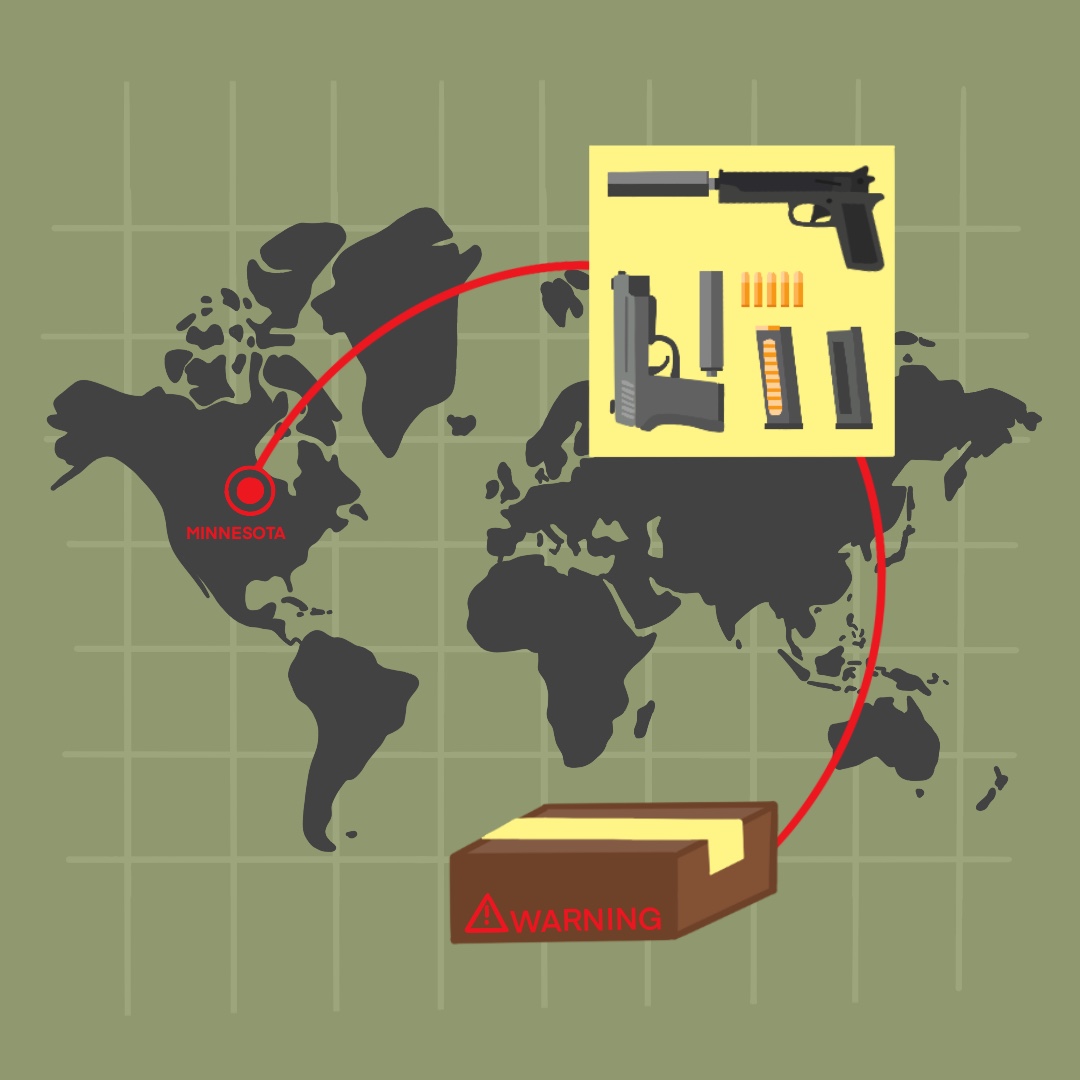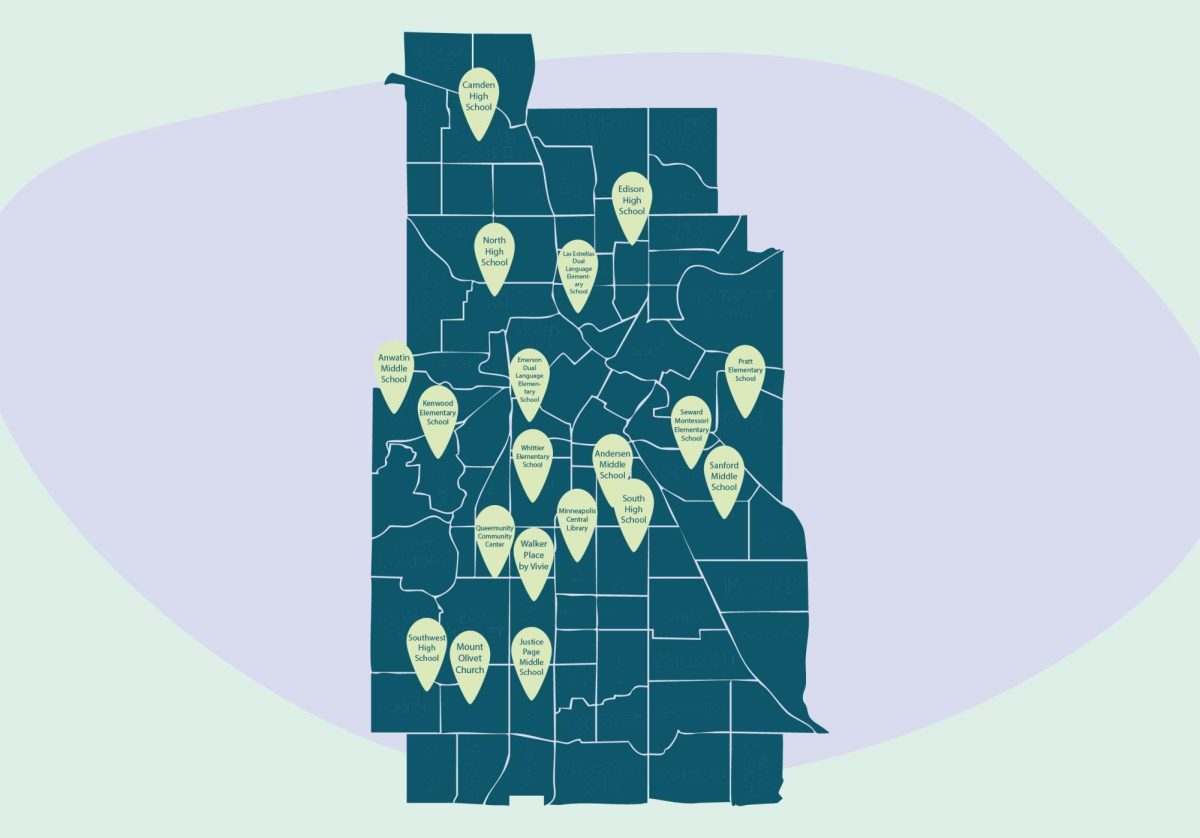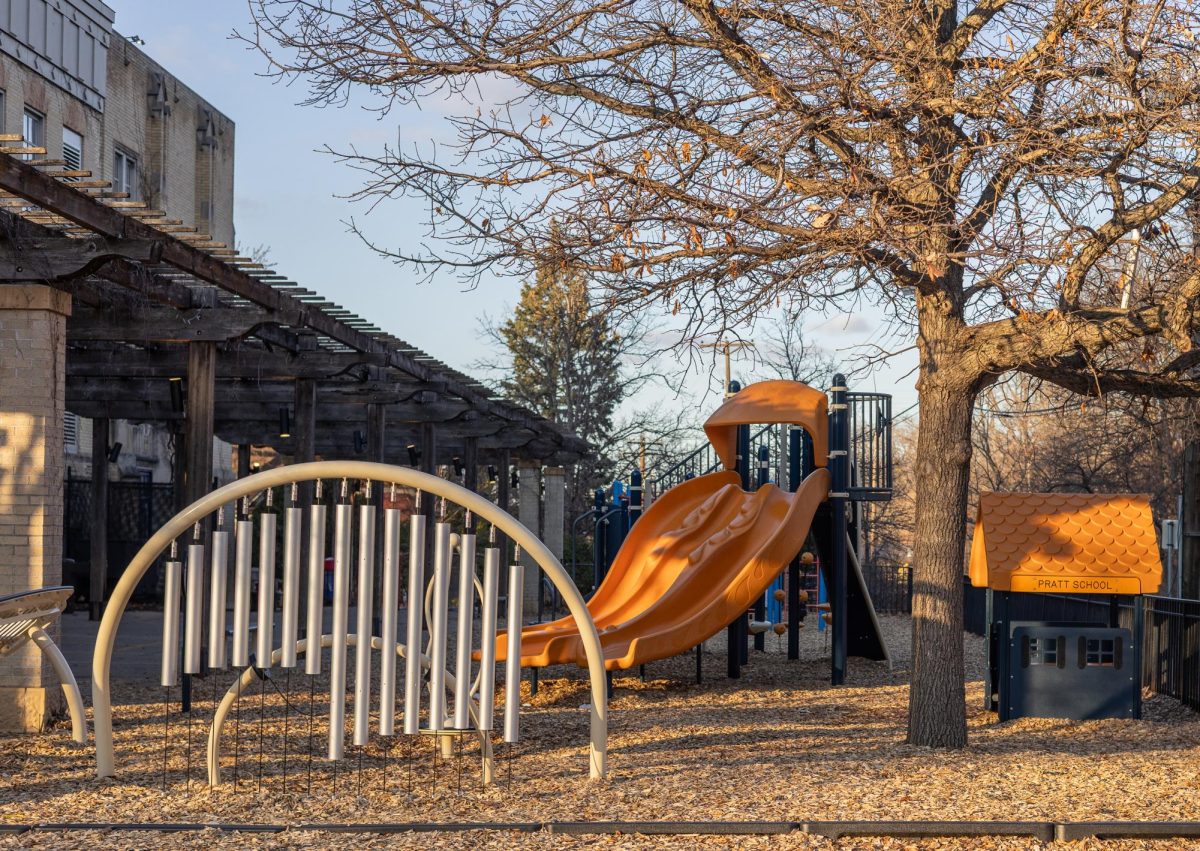The University of Minnesota Medical School is finding ways to create opportunities for its students to contribute during the COVID-19 crisis.
Due to the pandemic, medical students have been unable to complete the clinical component, a requirement for graduation that provides them with hands-on experience in the field. In response, faculty members developed new curriculum in March that contributes to the clinical requirement while assisting M Health Fairview with the surge of COVID-19 patients.
In this elective course, eight to 12 students work from the System Operations Center in St. Paul, which gives them remote access to electronic patient medical records. From there, students can review patient charts and help complete discharge paperwork, which saves time for health care providers to care for patients. Students also help transfer patients to COVID-19 hospitals to balance resources.
“There are all these medical students that are potentially sitting at home wanting to help, and so it felt like it would be a natural fit,” said Karyn Baum, a professor of medicine at the University who helped develop the curriculum.
The course occurs over a period of two weeks and is currently seeing its third cohort of students.
Baum and Brian Hilliard, a University assistant professor of medicine, developed the curriculum “on the fly,” according to Baum. It took them just 11 days to design before rolling out the course last month.
“It was the two of us saying, ‘What could we offer … that would be meaningful for the medical students but also meaningful for the health system and the providers that we were worried were about to get overrun with large numbers of patients?’” Baum said.
The curriculum has students examine concepts such as health system management, patient flow and triage as hospitals prepare to grapple with these issues.
“As part of their introduction to clinical medicine, lots of medical students talk about that,” Baum said. “You learn and hear from people about the ethics of rationing care, but it’s all in the conceptual framework. We’ve never had to face it upfront and personal in this way in this country before.”
According to Baum, students had been asking her about ways to pitch in to help with the pandemic. Some of the first students who took the new course were the students who started the MN COVIDsitters program, she said.
Baum also worked with the College of Pharmacy to develop a similar curriculum for pharmacy students.
Like medical students, all pharmacy students are required to do a hospital-based clinical rotation as part of their graduation requirement, said Scott Chapman, an associate professor in the Department of Experimental and Clinical Pharmacology.
Pharmacy students are reviewing medications that patients were on prior to coming into the hospital and assessing whether those should continue after discharge, Chapman said. They are also involved with reviewing medical literature about COVID-19 and sharing their findings with the medical students.
“Everybody wins, we hope,” Baum said. “The health system wins, the patients win, the students win — that’s the whole idea.”








